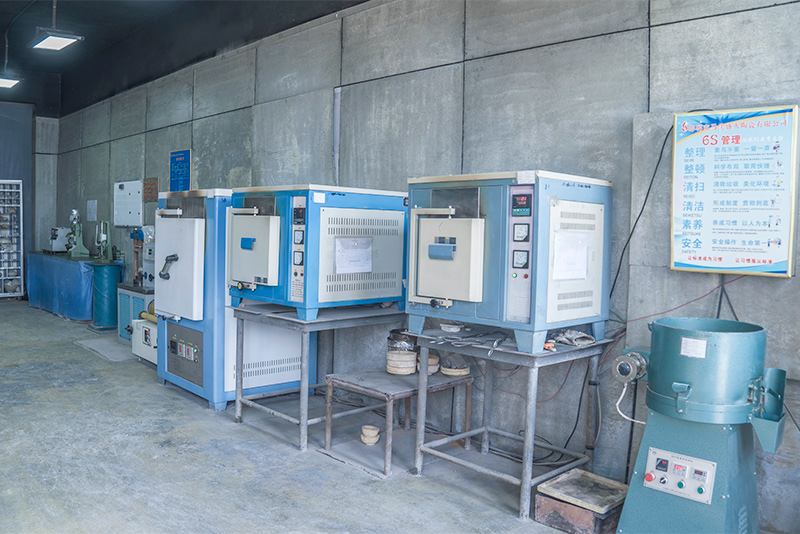Understanding Resin Coated Sand Specifications
Resin coated sand has gained significant attention in the foundry industry for its exceptional performance in casting processes. The unique properties of resin coated sand make it ideal for producing high-quality castings with precise dimensional accuracy and excellent surface finishes. This article delves into the specifications of resin coated sand, exploring its composition, manufacturing processes, and the key parameters that define its quality and usability.
Composition and Manufacturing Process
Resin coated sand is typically produced by coating silica sand grains with a thermosetting resin. The most commonly used resins include phenolic, furan, and epoxy resins. The choice of resin influences the performance of the sand in various applications, including metal casting, core making, and shell molding.
The manufacturing process generally involves mixing the dry silica sand with the liquid resin and curing agents under controlled conditions. This process ensures a uniform coating that enhances the strength and thermal properties of the sand. The curing phase is critical, as it determines the mechanical integrity of the coated sand and its ability to withstand high temperatures during the casting process.
Key Specifications
1. Grain Size Distribution One of the essential specifications of resin coated sand is its grain size distribution. It is crucial to achieve a specific particle size range to ensure optimal flowability, compaction, and surface finish. Typical sand grain sizes range from 40 to 100 mesh, but customization may be required based on specific casting needs.
resin coated sand specification

2. Resin Content The resin content in the sand mixture significantly impacts the strength and performance of the finished core or mold. Standard resin content typically varies between 1% to 5% by weight of sand. A higher resin content can enhance the strength and thermal stability but may also lead to increased brittleness.
3. Curing Time and Temperature The curing time and temperature are pivotal in determining the hardness and dimensional stability of the resin coated sand. Manufacturers often provide specifications that recommend curing times between 30 seconds to several minutes at temperatures ranging from 180°C to 220°C. Following these guidelines ensures that the sand achieves its desired properties before use.
4. Thermal Stability Resin coated sand should exhibit excellent thermal stability to withstand the casting process's high temperatures. The thermal degradation temperature of the resin used can guide users in selecting the right product for specific metal alloys and casting methods.
5. Environmental Considerations Increasingly, foundries are looking for eco-friendly alternatives in their production processes. Specifications may also include information on VOC (volatile organic compounds) emissions and other environmental impacts. Manufacturers are now exploring bio-based resins and methods to reduce their carbon footprint, which is becoming an essential factor in specification discussions.
Applications and Benefits
The primary applications of resin coated sand include the production of core and mold components in industries such as automotive, aerospace, and machinery manufacturing. One of the significant benefits of using resin coated sand is the ability to produce intricate patterns and complex shapes while maintaining high dimensional accuracy. Additionally, the improved surface finish reduces the need for extensive machining, leading to cost savings in production.
In conclusion, understanding the specifications of resin coated sand is essential for foundries looking to enhance their casting processes. By selecting the right type of resin, optimizing grain size distribution, and adhering to curing parameters, manufacturers can ensure the production of high-quality castings that meet stringent industry standards. As technology advances and environmental concerns rise, continued innovation in resin coated sand formulations and processes is likely to shape the future of casting practices.
Post time:Aug . 14, 2024 04:09
Next:Comparing Investment Casting and Sand Casting Techniques for Optimal Manufacturing Efficiency and Precision
